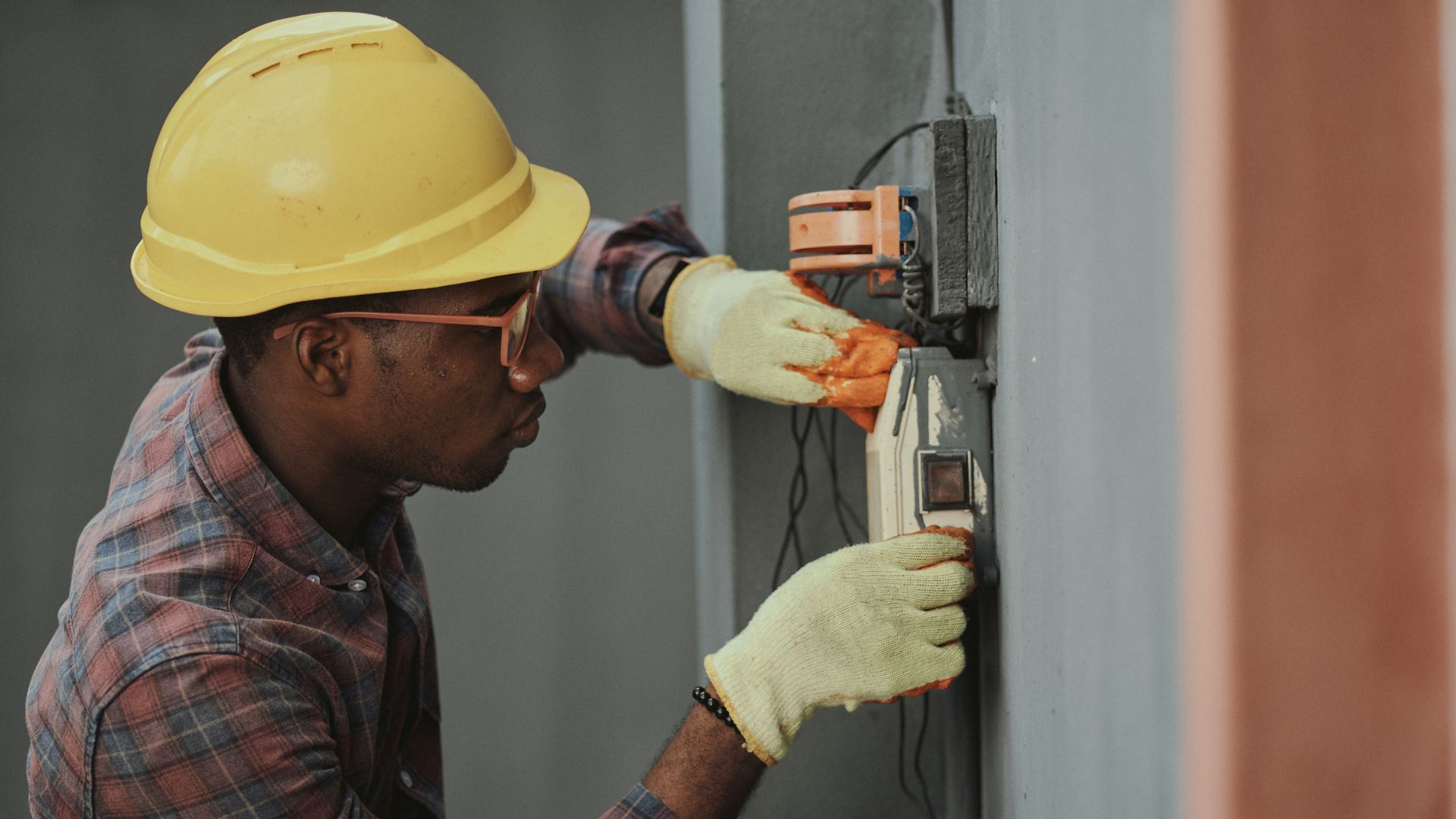Navigating the complex world of accounting principles can be a challenging task, especially when it comes to determining when to capitalize repairs and maintenance GAAP (Generally Accepted Accounting Principles).
So, whether you’re an accounting novice or a seasoned professional, stay tuned as we unravel the intricacies of this important accounting principle.
When to Capitalize Repairs and Maintenance GAAP
Navigating the intricacies of when to capitalize repairs and maintenance GAAP becomes a simpler task with a clear understanding of the guidelines and principles involved.
GAAP Guidelines for Repairs and Maintenance
When it comes to applying GAAP guidelines, distinguishing between repairs and maintenance costs that should be capitalized or expensed isn’t always cut and dried. According to GAAP, costs that prolong the life or increase the productivity of a fixed asset should be capitalized, whereas routine maintenance and repair costs should be expensed in the period they are incurred.
One key factor in making this determination includes assessing whether the cost extends the asset’s useful life beyond the originally established period. If the repair or maintenance improves the quality, efficiency, or output of the asset significantly, capitalization might occur. Contrastingly, expenses related to the day-to-day operations, such as cleaning or minor repairs, are to be expensed immediately.
Finally, the judgment often falls to the company’s accountants and auditors, considering the specific context of the expense, asset, and firm’s operations. They ensure compliance with GAAP rules, keeping the company’s financial statements accurate and reliable.
When to Capitalize Repairs Under GAAP
After a comprehensive delve into the distinction between capitalization and routine expenses under GAAP guidelines, it becomes clear the crux lies in whether expenses enhance future economic benefits of an asset or merely maintain current capabilities. A deeper understanding requires breaking down various instances where capitalization is appropriate.
Major Repairs and Improvements
When analyzing major repairs and upgrades, it’s crucial to emphasize that they are not simple corrective actions. Instead, these entail changes that significantly boost an asset’s functionality, output, or capacity. For instance, a major overhaul of a factory machine, significantly improving its production output, classifies as a capital expense under GAAP. These types of repairs go beyond routine upkeep and, consequently, warrant capitalization.
Extending the Useful Life of an Asset
Repairs that serve to extend the estimated useful life of an asset are another instance warranting capital expense classification. That is, expenditures that prolong an asset’s operational duration beyond its initial estimation.
Upgrades that Increase Value
Lastly, expenditures that noticeably increase an asset’s value or productivity are capitalized. These are improvements contributing to an uplift in the asset’s market value, or functionality improvements leading to increased income generation over time. A case in point is a software upgrade on company servers that significantly speeds up processing times, leading to higher operational efficiency and, consequently, higher earnings potential.
Maintenance Expenses and GAAP
Maintenance expenses hold a unique place within the realms of financial accounting, particularly within GAAP, the Generally Accepted Accounting Principles established in the US. These principles serve as the benchmark for all financial decisions, including the delineation of maintenance expenses.
Routine Maintenance and Repairs
Routine maintenance and repairs, as defined by GAAP, are everyday expenses that ensure the smooth running of an asset. Payments made for the upkeep of machinery, building structures, or appliances fall under this category. This includes tasks like periodic inspections, servicing, cleaning or even minor repairs to continue the asset’s current functionality.
Must Know
Understanding when to capitalize repairs and maintenance GAAP isn’t just about keeping the auditors happy. It’s about ensuring financial transparency and accurately reflecting a company’s financial health. The impact on financial ratios and investor confidence can’t be understated. It’s clear that the distinction between capitalization and immediate expensing plays a vital role. With accurate record-keeping, businesses can determine which costs should be expensed or capitalized, keeping in line with GAAP’s Expense Principle.
